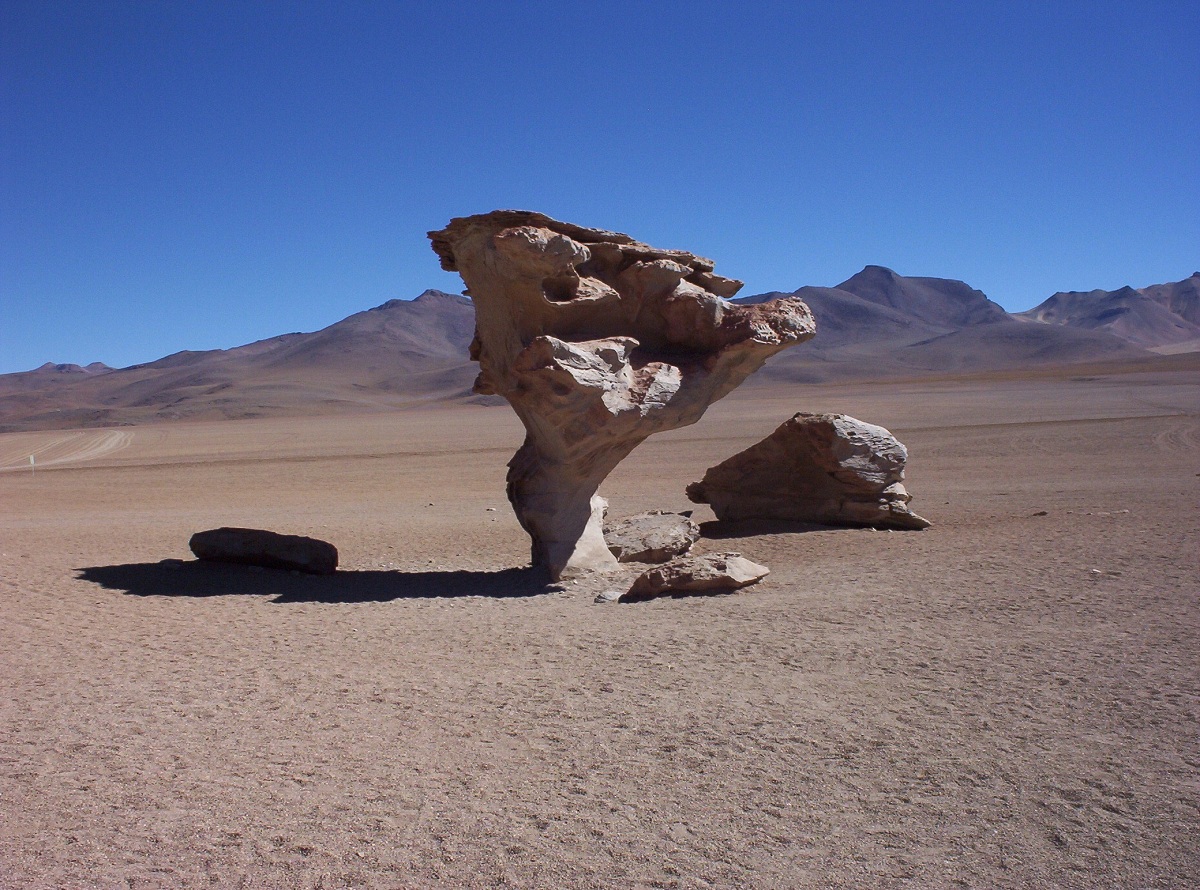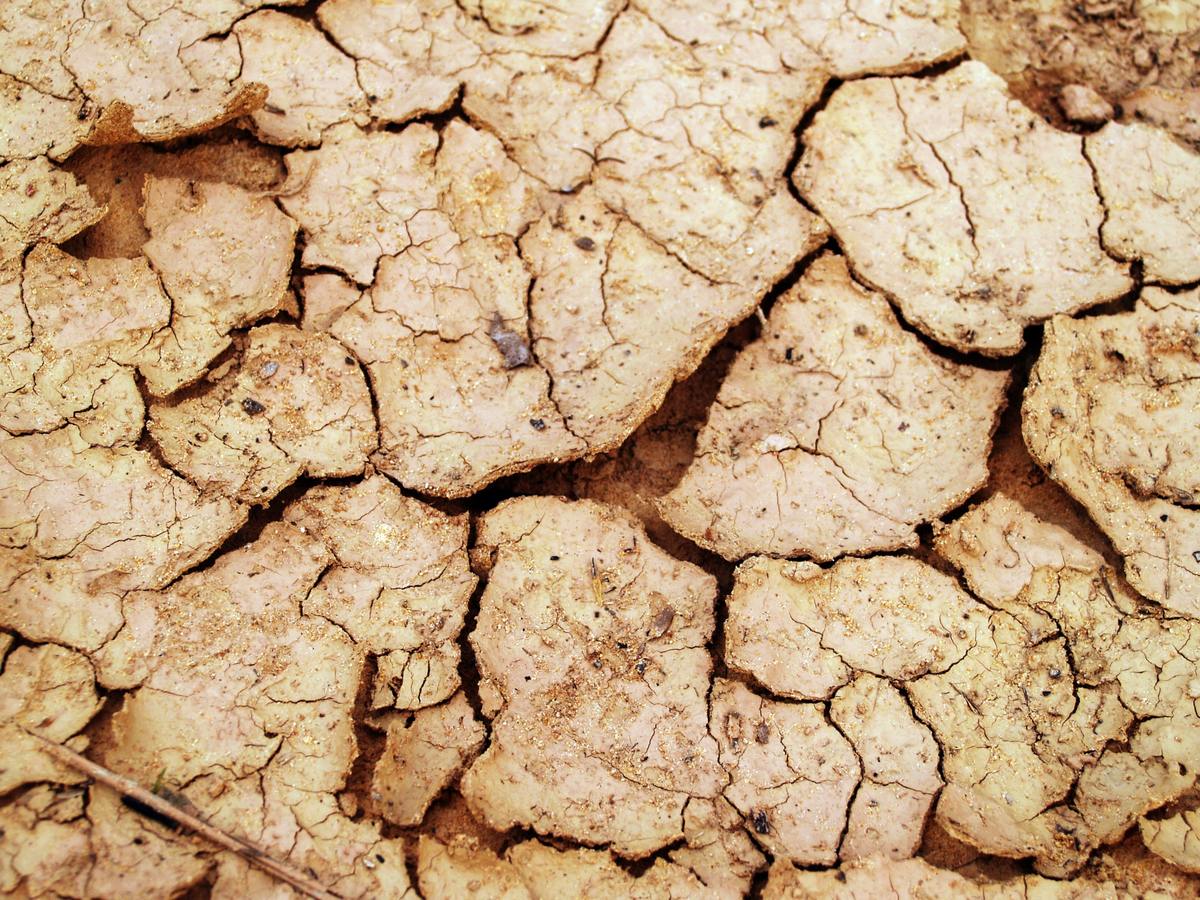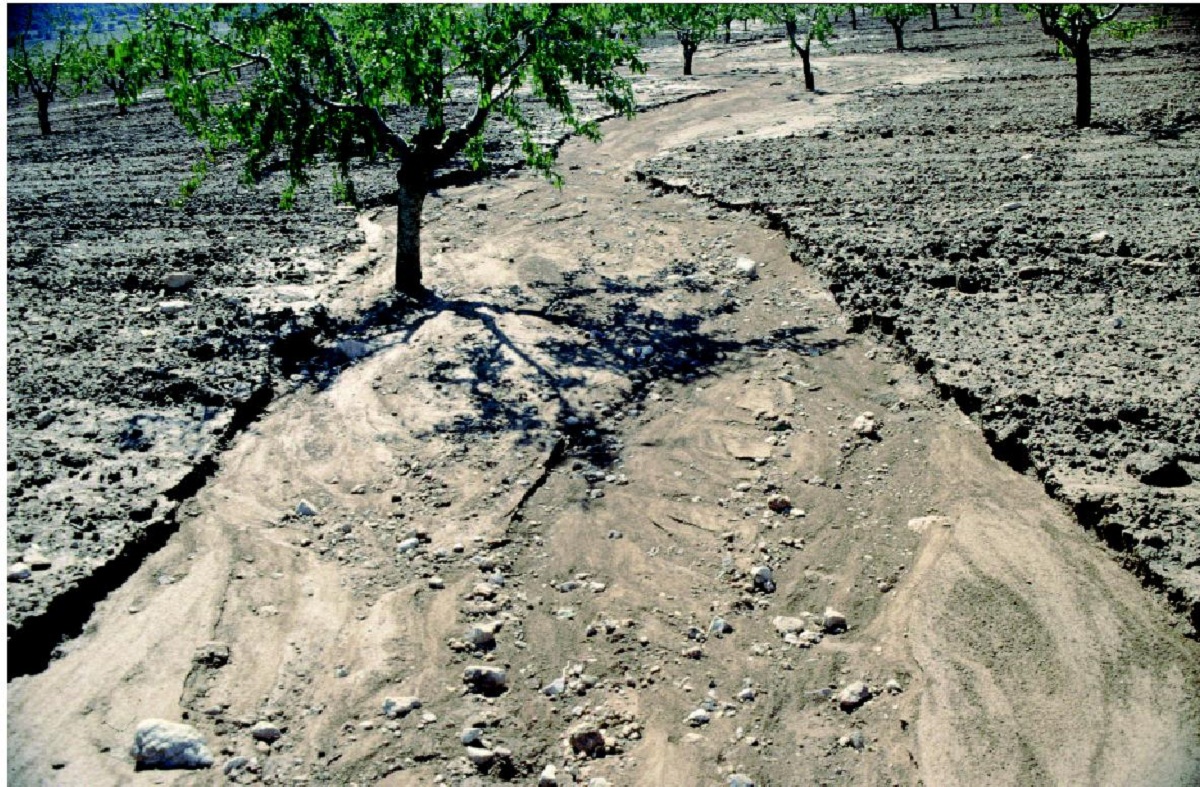
One of the great problems facing the soil today is erosion. The different soil erosion factors are those that generate this problem on a generalized level. It is a process that occurs naturally when rocks and soil are detached from the earth's surface and moved to another site. The main action that generates this displacement is the water and the wind.
In this article we are going to tell you everything you need to know about soil erosion factors and what the consequences are.
What is

The first of all is to know well what soil erosion is. It is the process that causes changes in landscapes due to the detachment of the earth's surface by the rock if the soil. The main agents responsible for them are wind and water. This process can be very slow and last thousands of years or it can be accelerated through human activities such as mining or agriculture.
Soil erosion is its degradation through the action of various natural factors such as wind or water. The action of man is what greatly accelerates this process. Soil erosion can occur throughout the world, although it is dry or arid areas that have the most erosion. To avoid soil erosion, a vegetation cover is needed that can protect the soil. Erosion is one of the main actors in shaping and modifying the shape of the land. Various landscapes can change tremendously due to the action of erosion.
It consists of the mobilization of rocks or their pieces, sand or dust to other sites. The main agents can be the wind, the terrestrial gravity or the water. An example of this is the sediments that are transported by the river through the mountains. Said sediments have their origin in the mountains and are small pieces of rock, sand and dust. During the course of the river these sediments are washed away and finally deposited elsewhere. This deposition of sediments modifies the landscape as a whole.
Soil erosion factors

Let's see what are the main factors of soil erosion and what are the different types of erosion. The causes can be many and varied. Some of the causes may be natural such as the action of wind or water, drought, etc. On the other hand, we have actions on the part of man that accelerate this process at a tremendous speed. Some of the activities of man that cause an increase in the action of soil erosion factors are mining, agriculture, deforestation, urbanization, etc.
Let's see what the main causes are:
- Water erosion: It is the type of erosion that is caused by the movement of water in its many forms. When the rain falls it breaks the earth into small pieces and they are swept up the slope. That is to say, it is the action of gravity which, together with the water, is responsible for moving the pieces of land and moving it around. The flow of rivers, known as surface runoff, is also capable of modifying the terrain. Creep and bump or waves on the ground is also an erosion factor.
- Eolic erosion: It is a type of erosion caused by the wind that carries flour, ash dust from one place to another. The continuous beating of the wind on the rock also wears it out of the mold to its shape. On the planet there are very peculiar rock forms due to the action of the wind in that area.
- Chemical erosion: it is also known as chemical weathering. It is about the decomposition and changes that the rock structure undergoes due to alterations by different chemical elements. These alterations were mainly the amount of oxygen, water or carbon dioxide that participates in the formation and modification of the rock.
- Erosion by temperature: it is also known as physical weathering. Prolonged processes such as cold, heat or sunlight on rocks and soil can cause changes in the physical composition of the rock. For example, thermoclasty is the breakdown of rock due to changes in temperatures that occur in a region. This thermoclasty is seen frequently in deserts. We know that the daytime temperature in deserts is much higher than the nighttime temperature. These changes in temperature cause the rocks to fracture over thousands of years.
- Gravitational erosion: it is a type of erosion that occurs as a consequence of the action of gravity. The most normal thing is that it is as a result of the rocks and stones falling downwards. These stones are in the lower area of the slopes and the terrain is modified by dragging.
Consequences of soil erosion factors

Once we have seen which are the types of erosion that are more frequent in a natural way, we are going to see which are those products of human action and what are their consequences. Man has economic activities that damage the soil. Among these activities we find the following:
- Deforestation: it is the massive felling of trees in an area at a rate greater than it is capable of regenerating. Deforestation is causing serious consequences of soil erosion worldwide. Soil erosion factors cause a decrease in fertility and the use that can be made of said soil. Let's not forget that there are trophic chains whose primary elements depend on the productivity of the soil.
- Intensive agriculture: it is the activity of the human being to produce crops at high speed. To do this, pesticides, herbicides, nitrogen fertilizers and fungicides are used that contaminate the soil. Over-tilling in these areas also causes damaging erosion.
- Intensive grazing: grazing is aimed at feeding livestock. If cattle graze in an area faster than they can regenerate, the soil will lose its vegetative cover.
- Artificial irrigation: artificial irrigation damages the soil by surface runoff.
Among the consequences caused by soil erosion factors we have the following:
- Ecosystem imbalance.
- Loss of endemic species and growth of opportunistic species.
- Loss of soil fertility and increased use of fertilizers by farmers.
- Reduction of flora and disappearance of species.
- Less humidity contributed by the flora.
- Increased risk of rockslide.
- Loss of land yield and increase the cost of crops.
- Impoverishment of rural populations and displacement towards urban areas.
I hope that with this information you can learn more about the factors of soil erosion and what consequences it has.